
by Ben Zackheim | Jun 28, 2014 | The Camelot Kids, Writing |
Twitter
(Please click the Retweet icon at the bottom of the post below)
Facebook
(Please Share or Like a Facebook post)
If you’re not seeing Share or Like buttons in the post above, then you can click on these links and share from there!
Pinterest
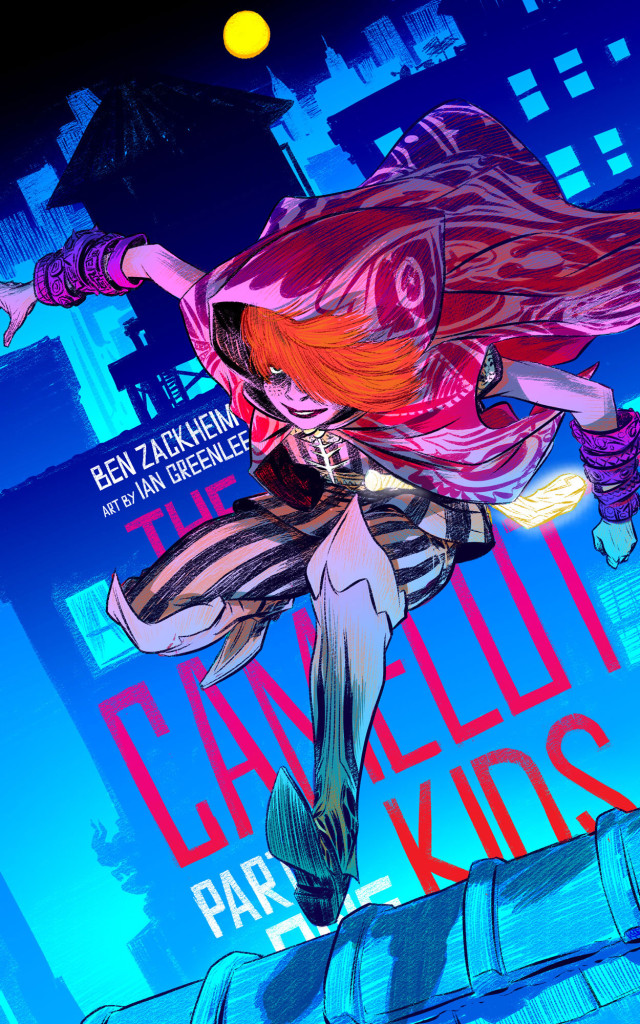

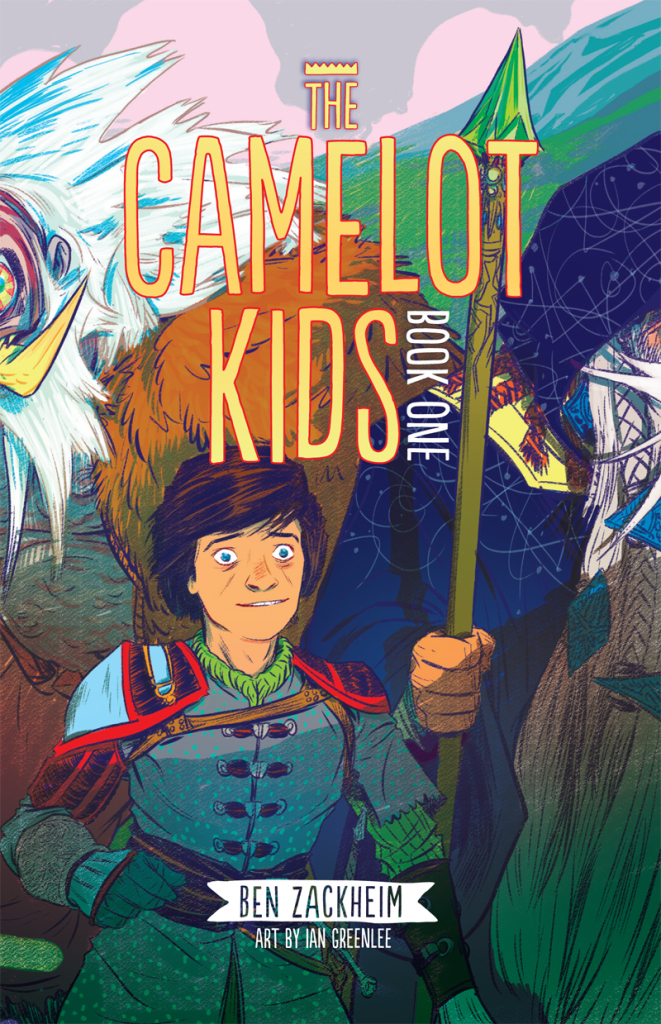
(Please pin this image to one of your Pinterest pages)
Follow Ben Zackheim’s board The Camelot Kids on Pinterest. [divider divider_type=”dark”][/divider]
Take the quiz and share your result!
(Which Camelot character are you? Please share your results on Facebook)

by Ben Zackheim | Jun 27, 2014 | The Camelot Kids |

The Camelot Kids are coming!
I have a big announcement on July 1st that should make fans of comic books, Fantasy and great art happy. The full details (and sneak peeks at the artwork) will be in my July 1st newsletter, which you can sign up for here.
If you love Camelot, Merlin and Excalibur (or if you always thought you maybe-kinda-possibly-could) then check back here often for news about the series launch. I’ll be rolling out fantastic imagery that top-tier talent is crafting just for the first book in The Camelot Kids series.
So excited, I think I just giggled a little.
(Oh yeah, snoop around my site to get an early look at some of the characters.)
See you July 1st!

___________

by Ben Zackheim | Dec 14, 2012 | The Camelot Kids, Writing |

Did you know Merlin is 3276 years old? It’s true. In fact, today’s his birthday. He’s celebrating in his cave so he doesn’t have to listen to our nonsense.
Did you know Lancelot lived for hundreds of years and actually became really good friends with Merlin? They even built New Camelot together!
How about Excalibur? Who wields it now? The answer is one of these: A ghost. An elf. A dragon. None of the above. Yes, I cheated there.
All questions will be answered in The Camelot Kids, a four-part ebook series.
And you can get updates on the series through my newsletter (monthly, max). It’s packed with Camelot lore, concept art, sneak previews and contests. You can even win a role in an upcoming Camelot Kids book!
You can read some more about the ebook series below. Enjoy!
The Camelot Kids is a series that tells the story of Simon Sharp, 14. Simon isn’t a normal teenager. He’s a kid on a mission.
Simon is determined to find a family.
His archaeologist parents died two years ago in a plane crash while searching for King Arthur’s grave, leaving a bitter, wandering kid as their legacy. He hops from foster home to foster home, but passes most of his time stealing books for a street vendor and panhandling. One day, Simon sneaks into his old halfway house to visit the kindly Head of School, who’s on her death bed. He’s cornered and caught by the same bullies who’ve made his life hell for years.
To Simon, being back in the halfway house is like being in hell.
But when a letter arrives, informing him that he’s to stay with his estranged uncle in Scotland, Simon finds new hope. That hope is quickly dashed when the uncle turns out to be a creep.
Now Simon is miserable in another country. Not a big improvement.
One evening, while banished to his room for the night, Simon discovers a stairwell under his bed. He hates confined spaces but, out of spite for his controlling uncle, he takes the plunge into darkness. What Simon finds at the bottom is beyond anything he could have imagined. What he finds there is his future, wrapped in a past filled with magic, chivalry, King Arthur and Merlin.
The Camelot Kids is an epic story that allowed me to delve into how families fall apart and why so much of our strength and our goodness comes from our connection with others. By the end of writing the first book I knew I’d have the guts to push it out into the real world. I enjoyed the entire process so my assumption is that some of you may enjoy it too.
I’ll be releasing the first four 100-150 page books as ebooks, available on all platforms, including the old-fashioned dead tree platform in the shape of a softcover. Four ebooks will be released monthly, one after another starting in August, 2014. Then the series will be collected in a softcover in December, 2014!
So sign up for Ben’s Books newsletter. There’ll be excerpts from Books One to Four, book illustrations, concept sketches, contests and chances to be included as a character in a future book (don’t worry, you’ll be awesome, I promise). I’ll also offer up little known facts about King Arthur, Excalibur, Lancelot, Guinevere, Camelot, Mordred, Morgan Le Fay, you name it.
Join me at the start of The Camelot Kids. It’s going to be epic!
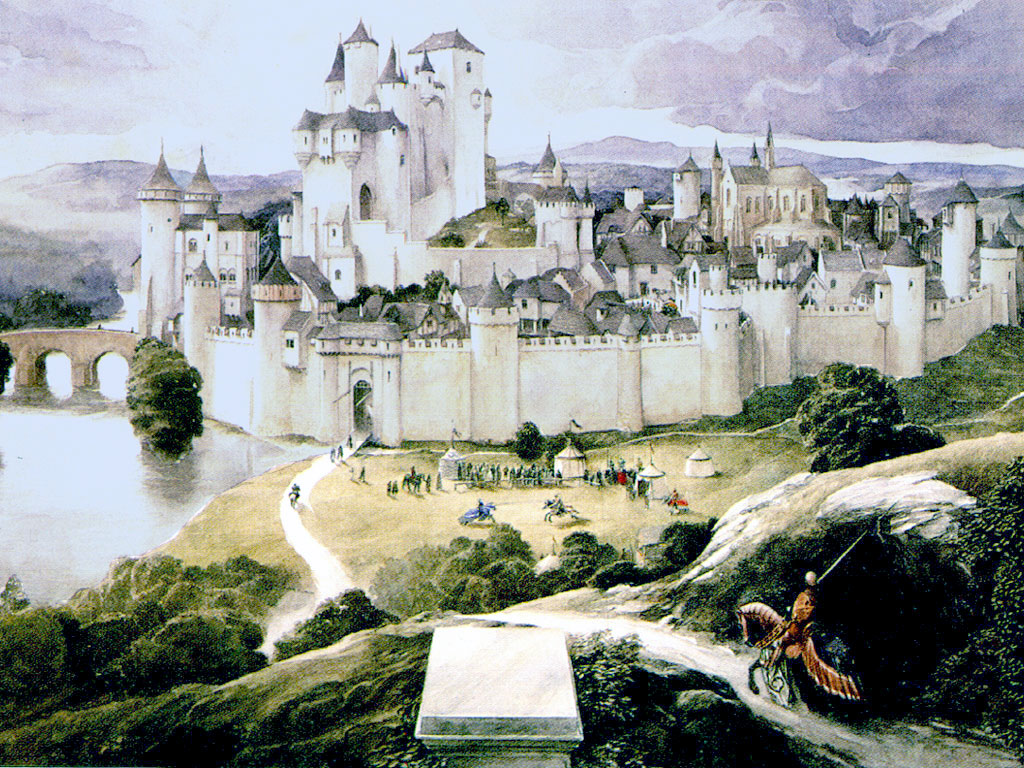
by Ben Zackheim | Nov 9, 2012 | Opine, The Camelot Kids, Top Menu, Writing |
NOTE: This is the third post in a series,where I hope to capture the stress, heartache and rewards of writing a book with characters from the Camelot mythology. The title of my upcoming book is The Camelot Kids.
Catch up with part one and part two in this series for a complete picture.
***
Writing is hard.
Writing about famous figures is harder.
Writing about Camelot is downright dangerous. The consequences of taking creative license with something that has Ivy League programs dedicated to it invites wrath that’s usually reserved for atheists writing about God. But, really, can you think of a more exciting hill to climb?
When I started researching The Camelot Kids, I’d never read any of the classic Arthurian tomes. I’d never seen the racy Excalibur flick or Disney’s Sword in the Stone. But somewhere along the line I’d become so familiar with the gist of the key characters that I spontaneously grew an appetite to consume their stories, old and new.
As I immersed myself in the myth of Arthur and his Knights of the Round Table I’ve been struck by how familiar it is. Where did I ingest the story so deeply that I could tell you about Mordred or Morgan Le Fay? How could I recall the young Arthur pulling the sword from the stone? Why was Lancelot so burned into my mind’s eye?
When I read A Connecticut Yankee in King Arthur’s Court, I was surprised to find that it was good to see these old stalwarts, these staples of fantasy. It wasn’t quite the same as seeing a new Indiana Jones movie, or picking up a new Harry Potter, but it was still a tug at the heart which is the sole domain for old favorites.
But how could a myth that I’m unfamiliar with mean anything to me?
(more…)

by Ben Zackheim | May 16, 2012 | The Camelot Kids, Writing |
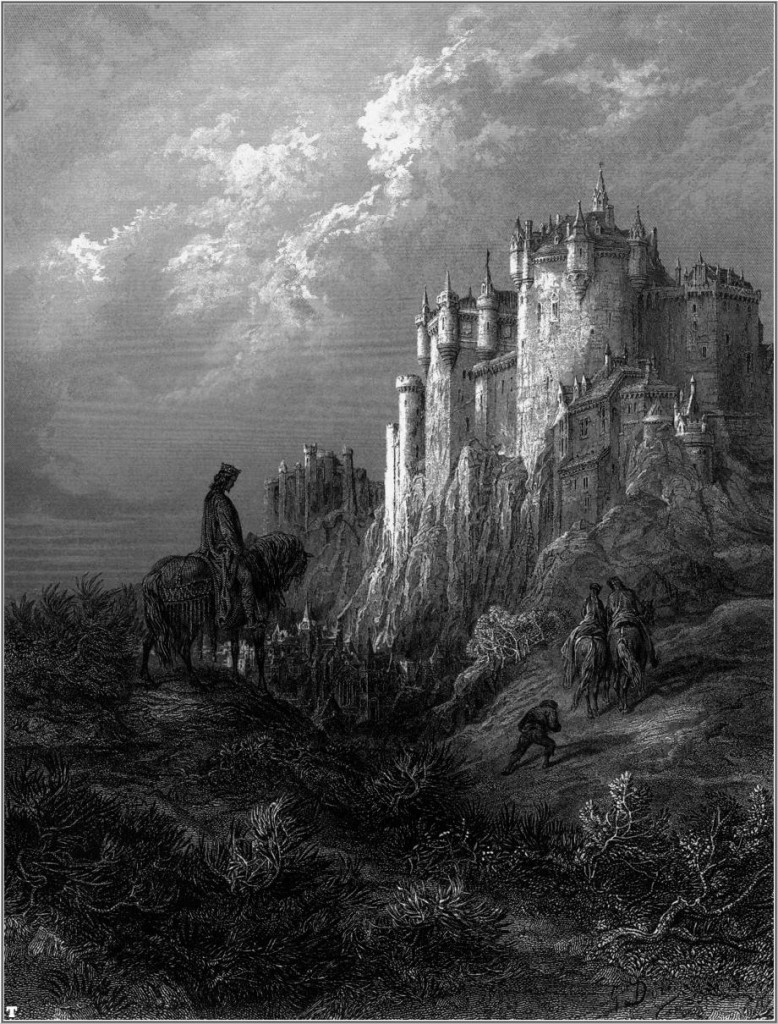
The world sucked for a kid growing up in 70s and 80s America. And it was hard to ignore the suckage, which ranged from the Iran Hostage Crisis to Iran Contra to Max Headroom.
Luckily, fantasy worlds were pumped up on steroids and better than ever! Star Wars, comics, and any Atari game or Tor book were crucial to my sanity. Taking a look around at what popular culture has become today, it’s clear that several million others felt the same way.
Back then, I read comics and books that swept me away from wherever I was because wherever I was sucked. With Star Wars or Superman I could escape into a place that had nothing in common with my farty classroom, or the stale mall, or my quiet bedroom. To me, there was no magic here. There was only magic there.
This is one of the reasons why I hated stories where kids from our world stepped into another one. To me, even one child from our reality stepping into a fantastic world would be like a cancer on the story, sucking our insecurities about “otherness” out of us like pus from a wound. Narnia, Wizard of Oz, Alice in Wonderland…they were so quaint with their talking animals and a spritzy, cute sheen. And worst of all, the kids always wanted to go home. Losers. The people in these stories were shallow to me. Their bonds to other characters were like a person to a pet — strong but inhuman. All the “heroes” had one foot out the door, willing to risk everything to see mommy again.
My hatred of the “Looking Glass” type of story was vindicated (in my petty, angry, teenage mind) when the He-Man and the Masters of the Universe movie came out in 1987. Starring Dolph Lundgren and Courtney Cox — need I say more? In the movie, He-Man is trapped in our universe in an adventure to sap the magic out of our world for decades. No, that wasn’t the plot. That’s what the movie actually did. It made your standard TV movie of the week look like The Godfather. To me, this movie was proof that no one knew how to take a normal kid, place him in a another world and tell a good story.
I balanced myself on that told-you-so soapbox for years. It was an argument I had with my film geek college friends in NYU Tisch School. I watched as Hollywood botched fantasy film after fantasy film with nary a lesson learned.
Then Harry Potter came along.
It took Harry Potter to show me that our world and a fantasy world could mix, and be fantastic. The thing about Harry Potter that changed the dynamic for me was emotion. The best fantasy starts with our sense of love, jealousy, revenge, ambition and then places it in a fairy tale. What had been missing for years (for me) was a story that took place in our world but treated us as magic. What author would be daring enough to shed the sarcasm, the cynicism of our times and insist that adventure is right under our noses? Who would find a fantastic way to tell a human story where a school, not a parent, is the ultimate shield from harm? Who would acknowledge our deep desire to be swept into another world and never see this one again? It turned out to be JK Rowling. Brava!
In my previous post, I said the lore of King Arthur is stale. The humanity has been leeched out by centuries of interpretation. Characters have become cardboard caricatures. Camelot has become Disneyland. Chivalry has become trite. In many ways the second most recognizable fairy tale in the western world suffers the same lack of depth that I despise in the other fantasy tales I mentioned before.
This is what I thought. Past tense. Until…
(and this is where my desire to write about Merlin and his pawns sat up from its death bed like the Frankenstein monster)
…until you consider the famous characters as normal people trying to make the world a better place, but stumbling on their weaknesses.
That would be cool.
And make them modern people, who we can identify with.
But don’t lose the history. Never lose the history. Make a sequel, not an adaptation.
Next, I’ll consider what it is, exactly, about King Arthur and his gang that’s kept him around for over 1000 years. And what it could mean for the world if King Arthur’s cause was our own.
Go to part 3: How to write about King Arthur, Camelot, Excalibur and Merlin. Feel chivalrous.
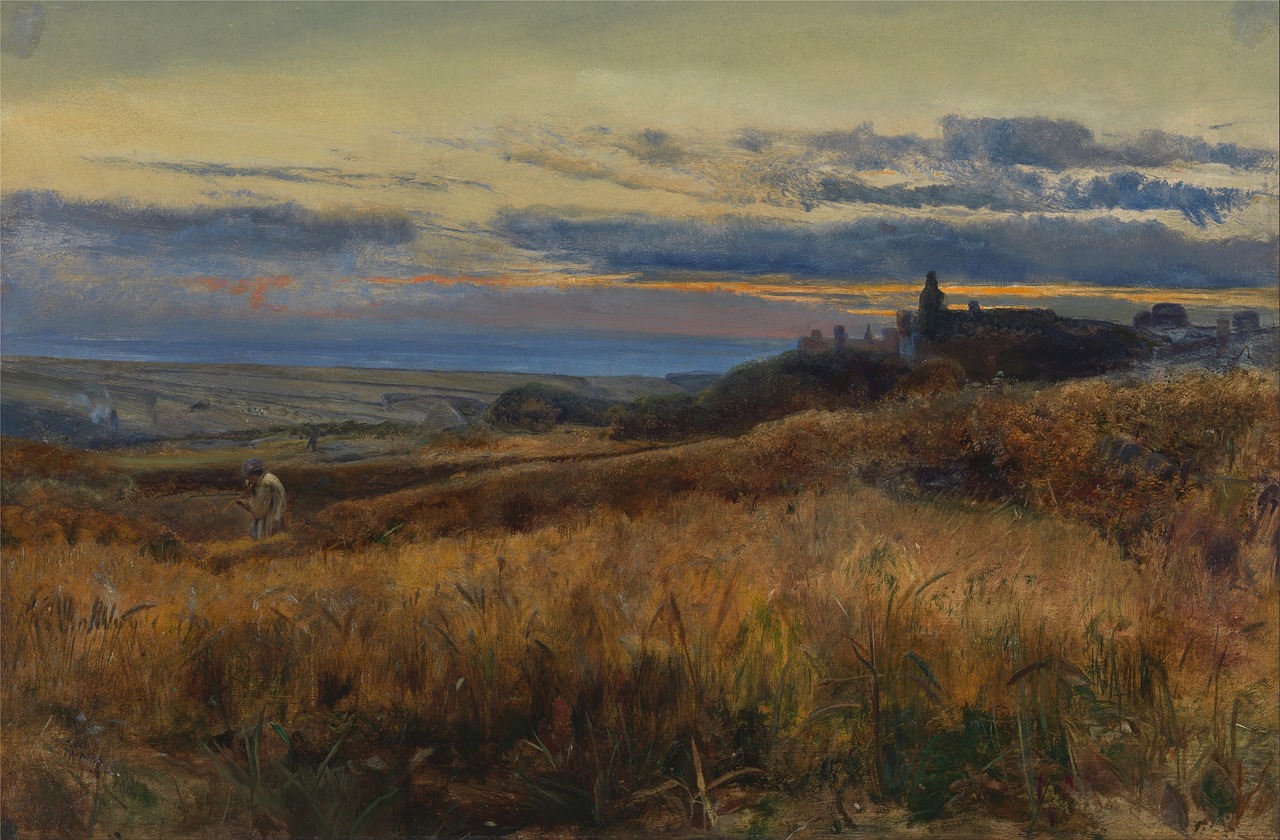
by Ben Zackheim | May 3, 2012 | The Camelot Kids, Writing |
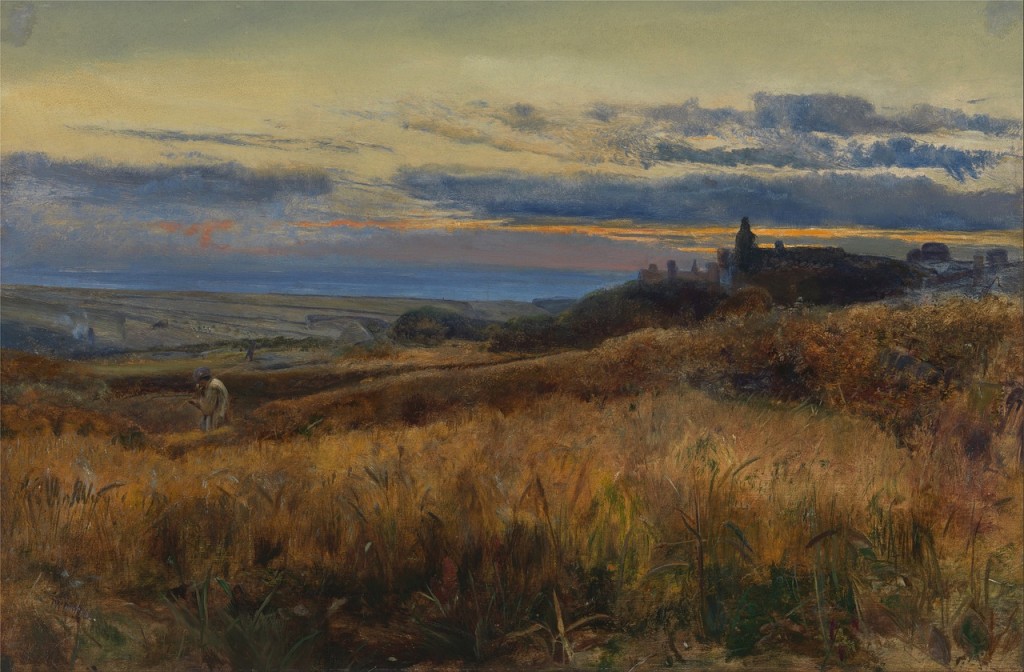
When I first had the idea for The Camelot Kids, my upcoming book, it was about a summer camp run by Merlin. Cool idea, maybe, but too similar to some stories I was reading at the time. I abandoned the project before it got started.
But my brain snagged on the Camelot myth. Knights, dragons, wizards, adventure, love, betrayal; this is the stuff we scarf up like Reese’s Peanut Butter Cups these days. And it’s attributable, or at least natural, to King Arthur in one way or another. Camelot and King Arthur are the vehicle in which fantasy has been carried through time, to our time.
If you ask people to tell the story of Camelot, well, that could mean a bunch of things.
The quest for the Holy Grail!
The forbidden, dangerous love affair between Queen Guinivere and the knight Lancelot!
Arthur pulling the sword from the stone!
Whichever tale you associate with the Camelot myth, it’s in your noggin somewhere, and it’s a good bet that your impression is somewhere between “meh” and “it’s a little dated, isn’t it?”
Isn’t that odd? One of the oldest fantasies to survive the ages, actually leaves many fantasy fans cold!
As I dug into the story I found something even odder. Camelot felt like a cardboard cutout of fantasy. It felt like a silly 50s Disney film with pointy towers and pointy flags and fair ladies with pointy hats. Everyone wore white or gleaming armor in my mind’s eye. Fair maidens batted their eyelashes. And knights? They jousted, or something. Blech. Maybe Camelot wasn’t for me after all.
In the end, after suffering through many brainstorming sessions, I figured out how Camelot would be relevant to me again. It wasn’t easy. In fact, it took Alice in Wonderland, Narnia, Harry Potter and, most importantly, the horrible 80s film, He-Man and the Masters of the Universe to give me my eureka moment.
I’ll explain in my next post. Part two is How to write about King Arthur, Camelot, Excalibur and Merlin. Make it count.













